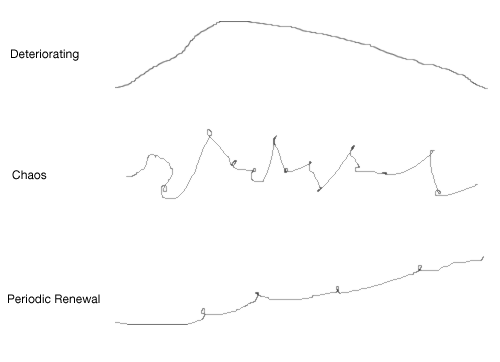 In Berlin over the holidays, we walked passed this beautiful building with a classical center and modern wings. It’s the former Staatsratsgebäude (East German government center), the portal from a pre-war city palace which the East Germans built around. It was recently restored and only days away from the becoming the Berlin campus of the European School of Management and Technology.
In Berlin over the holidays, we walked passed this beautiful building with a classical center and modern wings. It’s the former Staatsratsgebäude (East German government center), the portal from a pre-war city palace which the East Germans built around. It was recently restored and only days away from the becoming the Berlin campus of the European School of Management and Technology.
This is a curious thing, as the Germans embrace a greater sense of class equality than, say, the United States. Private schools are rare, and the absence of a world-class management or economics school is conspicious when the Brits, Swiss, and French sport such institutions. My wife explained the formation of this school was controversial, and when laws govern whom a university may hire as a professor, I’ll be interested to see how entrepreneurially they can function.
I will say the spirit of the place, based on the language on their website, strikes a chord with a progressive, creative type like myself. Listen to this:
Our school is inspired by the Bauhaus vision. Our commitment to this tradition places us in direct line with the principles of the founding members of the Weimar Bauhaus around the person of Walter Gropius. The latter gave substance to the daring idea to make creativity in architecture and design subject to the mastery of technical craftsmanship, and in this manner, to eliminate the boundary between free and applied arts. In the same way that the Bauhaus elevated the role of craftsmanship at the time, the application of managerial knowledge is intended to attain a radically new status at esmt…
This means engineers and scientists who can turn technology into profitable business, financial professionals who can go beyond analysis, architects and lawyers who can develop and lead new business…
 If you’ll be in New York at the end of February you should consider attending the
If you’ll be in New York at the end of February you should consider attending the 



 Now that’s a headline that made me stop and think…
Now that’s a headline that made me stop and think…